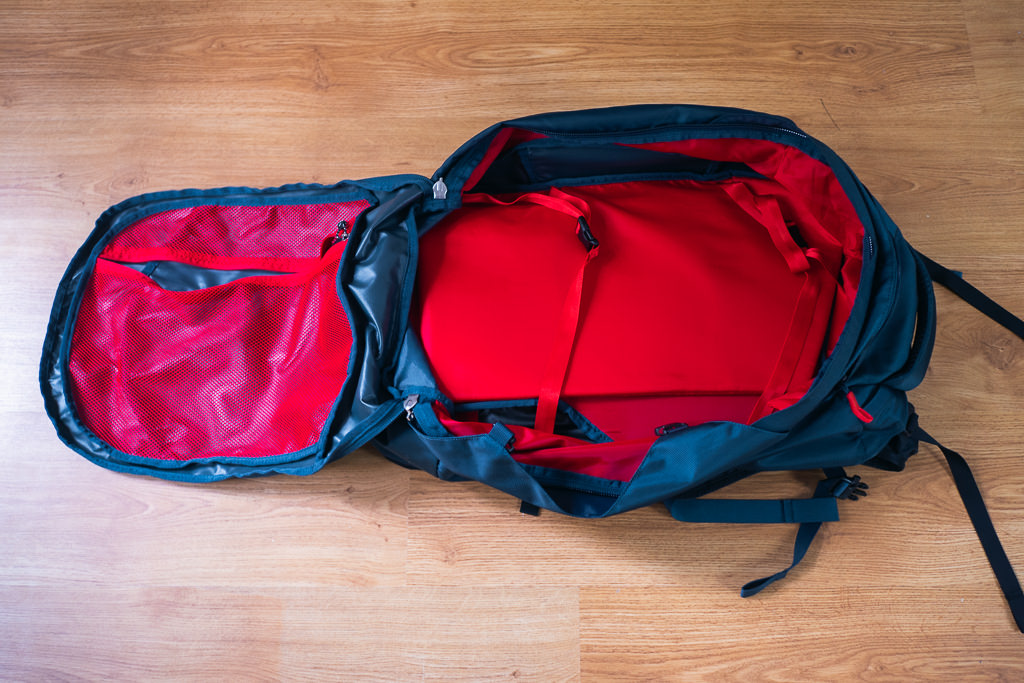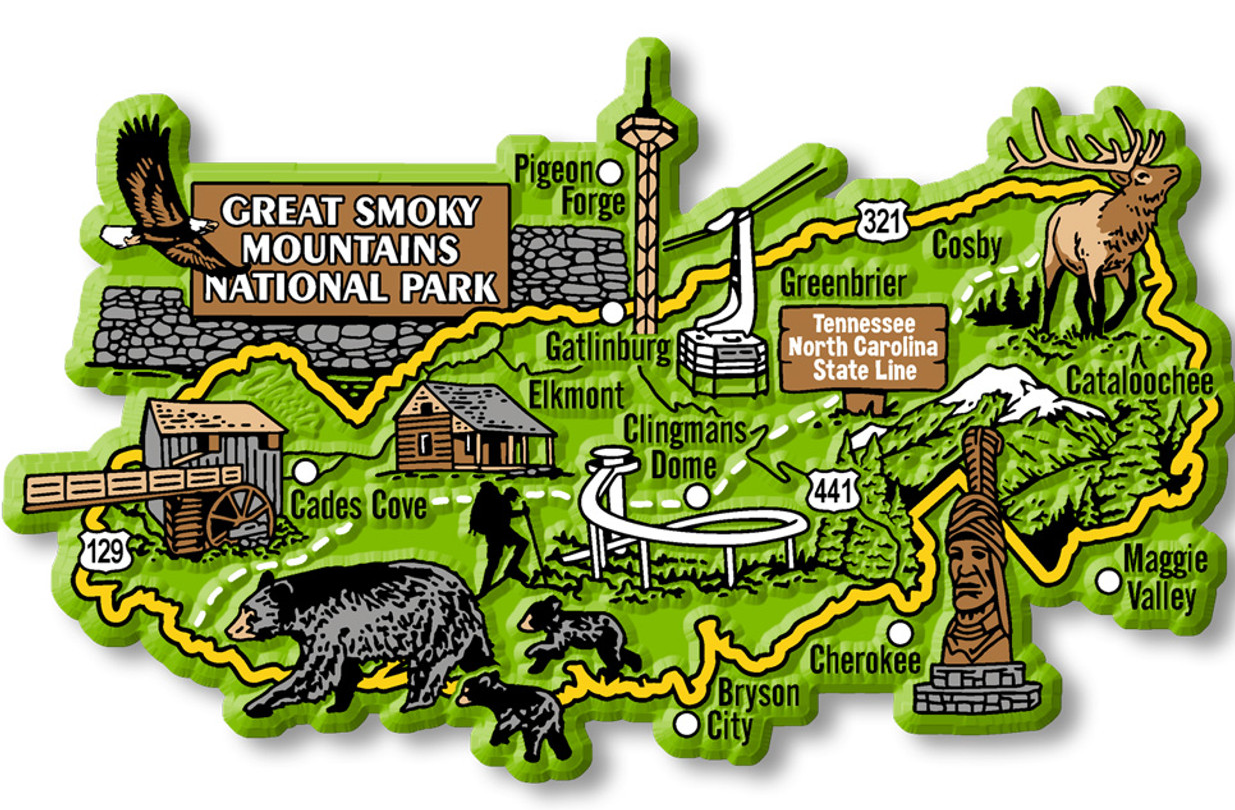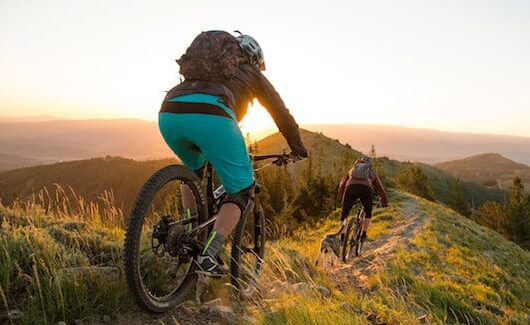Packing a backpack for travel can be daunting, especially if you’re a first-time backpacker or planning an extended trip. Understanding the best way to pack a backpack for travel not only saves time but also enhances your travel experience by keeping everything organized and accessible. In this guide, we will delve into effective packing strategies, tips, and techniques to help you maximize space, comfort, and convenience during your adventures.
Optimizing Your Pack: The Ultimate Guide to Backpack Travel
Packing your backpack efficiently isn’t just about stuffing clothes in; it’s about maximizing space while ensuring comfort and accessibility.
The Importance of Organization
An organized backpack is essential for a pleasant travel experience. When every item has its designated spot, finding what you need becomes a breeze.
- An organized pack allows for quicker access to essentials like passports, travel documents, and snacks, reducing stress during your travels.
- It prevents overpacking, helping you avoid carrying unnecessary items that weigh you down.
- You can easily identify when you are missing something, preventing you from losing crucial items during your journey.
Choosing the Right Backpack
Not all backpacks are created equal, and selecting the right one is crucial to effective packing.
- Consider the size and weight of the backpack. A general rule of thumb is to choose a pack that is no more than 20% of your body weight, allowing you to carry it comfortably.
- Look for features such as multiple compartments, hip belts, and adjustable straps. These elements enhance comfort and make accessing your belongings easier.
- Opt for waterproof materials or invest in a rain cover to safeguard your gear against unexpected weather changes.
Understanding Packing Cubes
Packing cubes are a game-changer when it comes to organizing your backpack.
- They help compartmentalize your clothing, making it easy to find specific items without rummaging through your entire bag.
- Different sizes can be used for clothing, toiletries, and electronics, providing a clear structure.
- By compressing your clothing, they save space and keep your bag tidy throughout your trip.
Strategic Packing: Maximizing Space and Comfort in Your Travel Backpack

Knowing how to strategically pack your backpack can significantly impact your travel comfort and convenience.
Prioritizing Essentials
Before you start packing, take some time to assess what you truly need for your trip.
- Make a list of essentials versus luxuries, focusing on items that serve multiple purposes. For example, a sarong can function as a beach towel, blanket, or wrap.
- Remember to consider the climate and activities you’ll engage in to ensure you bring appropriate attire.
- Leave behind items that can be purchased at your destination, such as toiletries or souvenirs.
Layering Clothes Wisely
Layering is not only stylish but practical for managing different temperatures.
- Pack lightweight base layers that can be easily combined with other clothing, allowing you to adapt to changing weather conditions.
- Use the “wear-and-replace” method: wear heavier items (like jackets) while traveling to save space in your pack.
- Store heavier items towards the bottom of your backpack for better weight distribution.
Utilizing Pockets and Compartments
Every backpack is designed with various pockets and compartments for a reason.
- Use outer pockets for items you need quick access to, such as your phone, wallet, or travel documents.
- Store frequently used items closer to the top of your pack, while less necessary belongings can go deeper inside.
- Keep dirty laundry separate by using a dedicated pocket or packing cube to prevent contamination with clean items.
From Novice to Expert: Mastering the Art of Backpacking Bag Organization
As you gain experience, mastering the art of organization within your backpack becomes second nature.
Embrace Minimalism
Traveling light is a skill that can greatly enhance your adventure.
- Challenge yourself to pack only what you absolutely need. This may require you to rethink your attachments to certain items.
- Invest in high-quality, versatile pieces of clothing that can be mixed and matched for different outfits.
- Consider the duration of your trip when packing to avoid overstuffing your bag with unneeded items.
Adopt Smart Folding Techniques
How you fold your clothes can affect how much fits in your backpack.
- Try the rolling method for soft clothing items, which can save space and minimize wrinkles.
- Use the bundle wrapping technique for shirts and pants, where you wrap each piece around each other, creating a compact bundle.
- For structured items like jackets or jeans, fold them neatly to maintain their shape while maximizing space.
Inventory Management
Keeping track of what you have packed can prevent losses and add to your peace of mind.
- Maintain a checklist of everything packed in your backpack to ensure nothing is left behind.
- Take photos of important documents (passport, identification, etc.) and store them securely on your phone.
- Regularly reassess your inventory to determine what you’ve used and what remains, especially before moving to a new location.
The Essential Backpacking Checklist: Ensuring You Pack Smart for Any Adventure

Creating a comprehensive checklist ensures that you don’t overlook any essentials while packing.
Clothing Essentials
Understanding what to bring in terms of clothing can significantly affect your travel experience.
- Choose moisture-wicking fabrics that dry quickly and help manage sweat.
- Bring enough underwear and socks to last several days, as these items take the longest to dry.
- Layer your clothing to accommodate varying temperatures and activities, ensuring you’re prepared for the unexpected.
Toiletries and Personal Items
Keeping hygiene essentials organized is crucial during travel.
- Use travel-sized containers to minimize space in your backpack, but ensure you have enough supplies to last the length of your trip.
- Include essential medications and a small first-aid kit for unforeseen circumstances.
- Don’t forget personal items like a reusable water bottle, which can save money and reduce waste during your travels.
Electronics and Accessories
Modern travelers often rely heavily on electronics and accessories.
- Pack chargers and portable power banks to keep your devices powered up while on the go.
- Utilize protective cases or pouches to keep devices safe from damage.
- Consider the use of headphones or travel pillows for added comfort during long journeys.
Weight Distribution Demystified: How to Pack for Balanced and Comfortable Travel
The way you distribute weight within your backpack can make or break your travel experience.
Understanding Center of Gravity
Achieving a balanced center of gravity is key to reducing strain on your back.
- Place heavier items close to your back and at the bottom of the pack to create a stable base.
- Distribute lighter items towards the top and sides of your backpack for better balance.
- Ensure that the weight is evenly distributed on both sides of the pack to avoid discomfort during uneven terrain or long walks.
Adjusting Straps for Comfort
Strap adjustments can dramatically affect how your backpack feels on your back.
- Ensure that the shoulder straps sit snugly on your shoulders but allow for free movement of your arms.
- Adjust the hip belt so that it sits comfortably on your hips, rather than your waist, distributing weight more effectively.
- Experiment with settings while wearing the heavy load to find the most comfortable fit before embarking on your travels.
Rolling vs. Folding: Choosing the Right Packing Technique for Your Backpack
When packing clothes into your backpack, deciding between rolling and folding can depend on personal preference and clothing type.
The Benefits of Rolling
Rolling clothes can save space and reduce wrinkles.
- Rolled clothes typically take up less volume compared to folded clothes.
- This method works best for softer fabrics like t-shirts, leggings, and casual dresses.
- It also allows you to see everything at a glance, preventing the need to dig through garments to find specific items.
The Advantages of Folding
Folding is often seen as a more traditional method, particularly for structured clothing.
- Formal wear, button-up shirts, and jeans maintain their shape better when folded, leading to less wrinkling.
- It can be easier to stack folded items in larger compartments, maximizing space.
- Depending on the design of your backpack, folded clothes might fit better in certain pockets or sections.
Space-Saving Hacks: Compressing and Organizing Clothes for Efficient Packing
Implementing smart compression and organization strategies can help you optimize your backpack space.
Vacuum-Sealed Bags
Using vacuum-sealed bags can drastically reduce the space taken up by your clothing.
- While not ideal for every traveler due to the need for a vacuum to seal them, they can help compress bulkier items like jackets or sweaters.
- Some travel-specific compression bags can be squeezed down manually, offering flexibility without needing specialized equipment.
- These bags keep clothes dry and clean during your travels, acting as additional protection against spills or leaks.
Stuff Sacks and Compression Bags
Stuff sacks are perfect for organizing smaller items like sleeping bags or bulkier clothing.
- They come in various sizes and help condense clothing or gear, making them easier to pack.
- Many compression bags are made from lightweight material, minimizing additional weight but maximizing efficiency.
- These bags can also act as organization tools, allowing you to separate clothing by category (e.g., shorts, shirts).
Cubes and Dividers
Utilizing packing cubes and dividers can further simplify the packing process.
- Packing cubes can be used to group similar items together, making it easy to find what you need.
- Dividers allow for quick access to selected items without unpacking your entire bag.
- This method promotes a tidy backpack and reduces the likelihood of wrinkling clothes.
Protecting Your Gear: Securing Valuables and Delicate Items in Your Backpack
Keeping your valuables and delicate items safe during travel requires strategic packing and protective measures.
Utilizing Inner Compartments
Designated compartments serve to protect your gadgets and fragile items.
- Keep electronic devices, like laptops or tablets, in padded compartments specifically designed for them.
- Smaller items, such as chargers and cameras, should be stored in interior pockets or pouches to prevent damage.
- Secure fragile items, like sunglasses or travel souvenirs, with soft cloths or bubble wrap to mitigate potential breakage.
Locking Your Backpack
Consider implementing security measures to protect your gear from theft.
- Many backpacks come with lockable zippers that can deter opportunistic thieves.
- Using padlocks or combination locks can provide added peace of mind while leaving your backpack unattended.
- Choose a hostel or accommodation with secure storage options for additional safety when you are not around.
Reddit’s Top Tips: Learn from the Community’s Backpacking Wisdom
Online communities like Reddit are treasure troves of practical advice for backpackers.
Engaging with Fellow Travelers
Reddit allows you to tap into the experiences of seasoned travelers.
- Communities like r/backpacking and r/travel offer countless threads discussing packing strategies, gear reviews, and personal anecdotes.
- Asking questions can yield tailored responses based on real-life experiences, granting valuable insights into different packing styles.
- Engaging with others also fosters camaraderie, making the world feel smaller and more connected.
Learning from Mistakes
Many Redditors share lessons learned from packing mistakes they’ve made in the past.
- Reading about common pitfalls—such as overpacking or forgetting essential items—can help you avoid repeating others’ missteps.
- Discussions around what travelers wish they had packed (or left behind) can inform your own decisions.
- Sharing your packing strategy can elicit constructive feedback from the community, refining your approach.
Seeking Inspiration
The stories shared by fellow backpackers can inspire new ways to think about packing.
- Discover unique packing hacks or unconventional items that have proven useful on the road.
- Explore diverse travel styles, from long-term nomadism to weekend getaways, and adapt ideas to suit your needs.
- Obtaining varied perspectives encourages creativity in how you approach travel packing.
Beyond the Basics: Advanced Techniques for Experienced Backpack Travelers
Once you’ve mastered the fundamentals of packing, consider exploring advanced packing techniques for more efficient travel.
Modular Packing Systems
These systems allow for multi-layered packing, making transit through airports or train stations seamless.
- Use detachable modules or zippered compartments that you can easily access without unpacking your entire bag.
- This methodology works well for multi-destination trips, where you can quickly grab what you need for each segment of your journey.
- Keeping essentials separated makes transferring between accommodations smoother and less stressful.
Seasonal Adaptation
Adjust your packing strategy based on seasonal needs and specific climates.
- Research the average climate of your destination and adapt your clothing choices accordingly.
- Invest in temperature-regulating clothing that can adapt to cooler temperatures by layering or shedding as necessary.
- Stay flexible and adaptable to the changing landscape of your travels, using the environment as inspiration for your daily wardrobe.
Sustainability Practices
As responsible travelers, practicing sustainability is crucial.
- Opt for eco-friendly travel items, such as biodegradable toiletries, reusable utensils, and refillable water bottles.
- Minimize single-use plastics by bringing your own containers and packaging.
- Consider the environmental impact of your travel choices, including transportation and accommodation.
Video
Conclusion
Understanding the best way to pack a backpack for travel involves thoughtful organization, weight distribution, and strategic packing techniques. By prioritizing essentials, embracing minimalism, and learning from the experiences of fellow travelers, you can elevate your backpacking experience. Whether you are a novice or an experienced traveler, mastering these skills will lead to memorable journeys filled with adventure and convenience. Happy travels!










